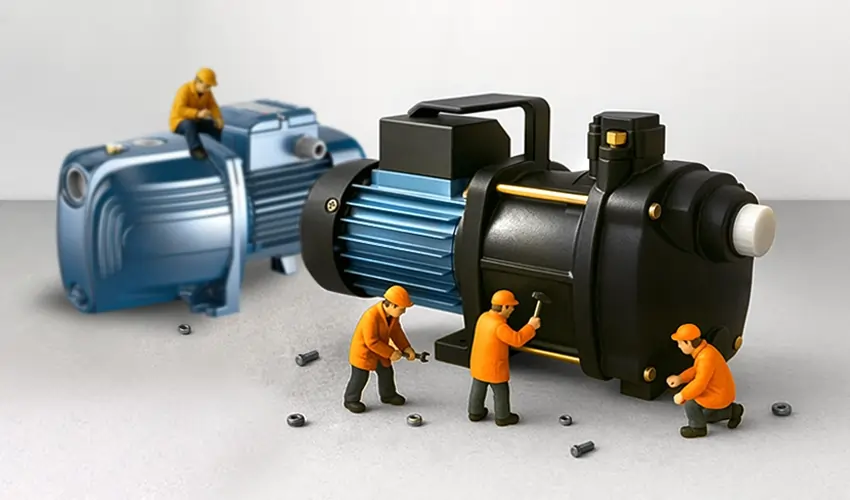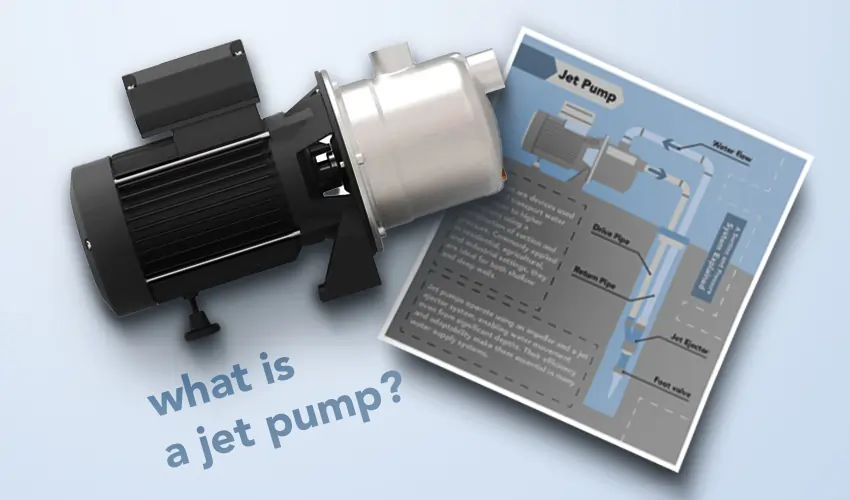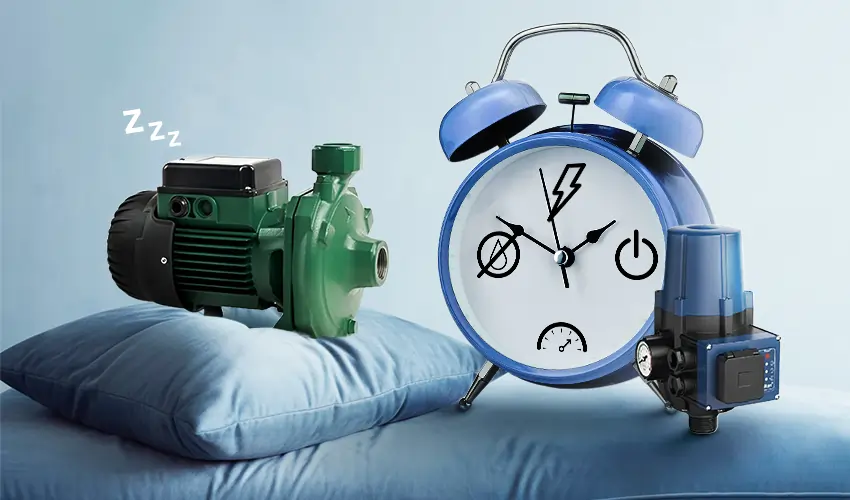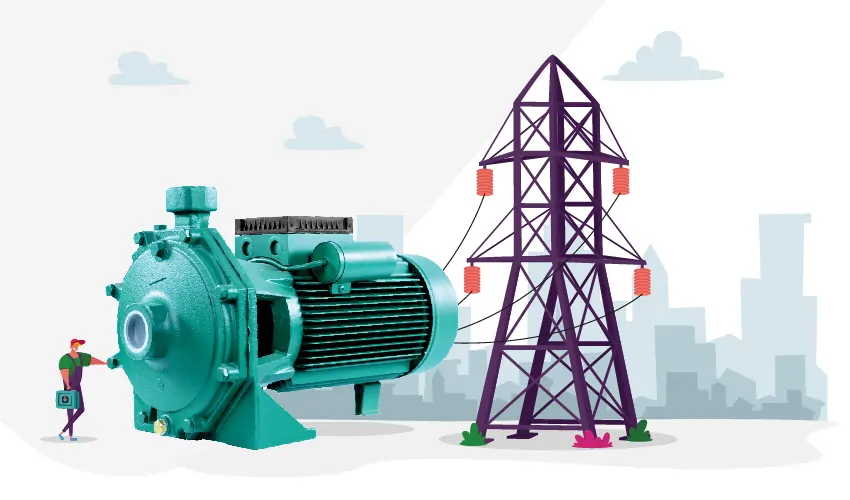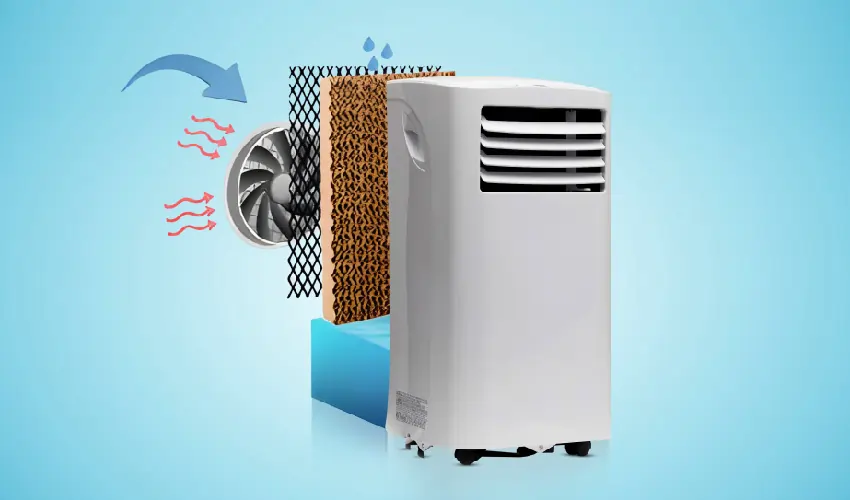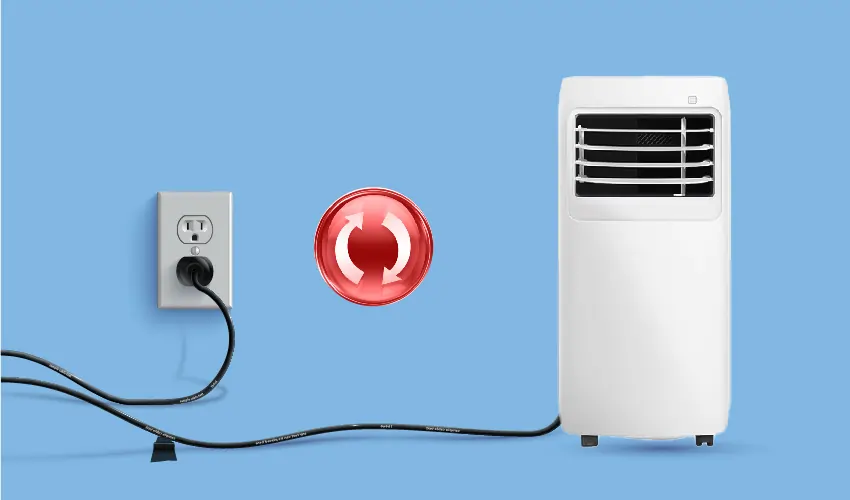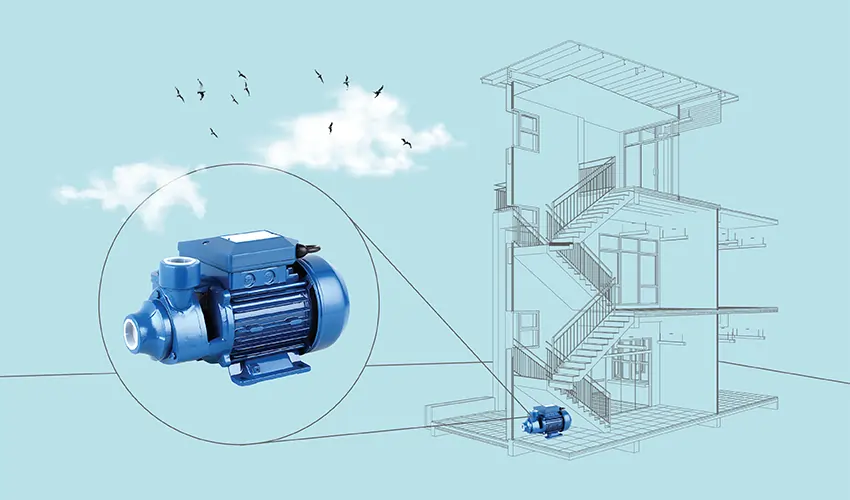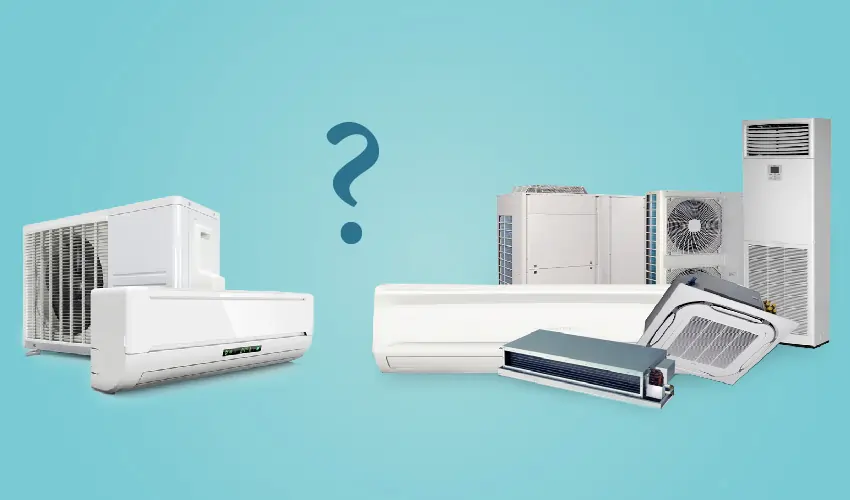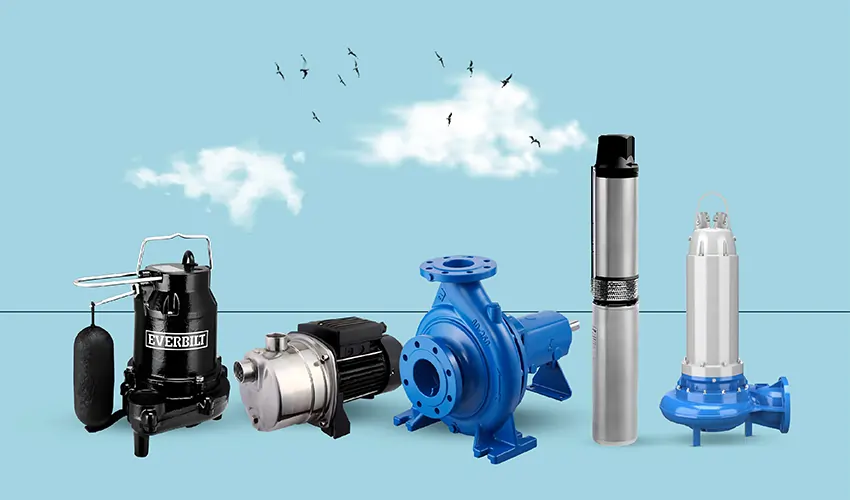What Is a Nameplate?
Every pump and water pump has a nameplate regardless of its brand and type. The nameplate displays the identity of pump. Therefore, a nameplate guarantees the authenticity and the manufacturing brand. A pump with no nameplate is probably inauthentic and fake.
How to Read the Pump Nameplate?
Nameplate plays an important role in selecting and recognizing the proper pump. As a matter of fact, the nameplates are the product identity which may prove to be useful later. Every required technical specification is listed on the nameplates. But how do we realize what information we can get from the symbols on the nameplate? How are we informed of the pump’s power? How can we know if it needs single-phase or three-phase power?
Why is reading the nameplates so important?
In fact, the water pumps can be used for several years without any particular changes if maintained properly; for instance, if you want to replace your pump for any reason, at first you need to know its technical and mechanical specifications which can be found on the nameplate. Although nameplates come in different sizes and shapes, they all display the necessary technical data, as seen further.
In this article, we aim to guide you through understanding the data on the nameplate. With the information below, you can read different nameplates for various types of pumps.
The Essential Parts of a Nameplate
Some general items can be found on a nameplate as follows.
- Logo/brand: The name of the manufacturing company is displayed on the nameplate, along with its logo.
- Type: The next part shows the type and the product model. Mostly, manufacturers give each model a unique name and number, e.g., CB210/00.
- Manufacturing country: Then, there is a specific part for the manufacturing country showing in which country the pump is manufactured or assembled.
The following technical parameters are also written on most of the plates.
- Flow rate (Q): Volumetric flow rate (discharge) is mentioned on the nameplate with the symbol Q or is simply referred to as Flow Rate. The related measuring unit is placed in the parenthesis. In most cases, the minimum and maximum values for flow rate are both specified on the nameplate.
- Head (H): H stands for the head of the pump, the maximum height which the pump can lift liquid, and is expressed in m³/hour, liters/minute or gallons/minute (GPM).
- Minimum head (Hmin): The other part is for the minimum height up to which the liquid is pumped.
- Maximum head: Then we have Hmax, which means the maximum height up to which the pump can lift the fluid. We have to remember that the flow rate is zero at this point, and there is no flow rate further up. Therefore, you have to pay attention to the maximum flow rate which plays the vital role.
- Power: One of the most important factors for a pump is power, the amount of energy the pump consumes per unit of time, which is expressed in horsepower (HP) or kilowatt (kW). P2 is the starting power of the device known as the nominal power of the motor, and P shows the main and constant power the pump requires.
- η and MEI: Then, we have some parts under the names of efficiency (η) and minimum efficiency index (MEI). Eta (η) defines the power in percent. The larger the number is, the more the efficiency. MEI represents the international standard according to which the product is designed. Remember that these items may not be mentioned on some nameplates.
- Voltage: In this part, we see V stands for the product voltage, and the front number defines whether it is single- or three-phase. For example, V3~ 230 means the product voltage is 230V in three-phase mode.
- Capacitance: Item C stands for the capacitance of the capacitor, expressed in microfarad. This item may not be mentioned in some nameplates.
- Cl: The symbol Cl stands for pump insulation class. The insulation class is the level of protection in electric products.
- IP: The next part illustrates the protection degree (IP). It means that the pump is splash proof and the electric and movable parts are designed in such a way that pump is not damaged if exposed to foreign objects larger than 1mm in diameter.
- A: This item shows the current intensity and is expressed in amperes (A).
- Frequency: The frequency, which shows the number of current oscillations, is expressed in hertz (Hz).
- rpm: The term rpm stands for the phrase revolution per minute which shows the speed of electric motor.
- Weight: The next part is for the weight of the pump which is expressed in kg.
- N*: The product batch number is sometimes displayed on the plate. If the QR code on the nameplate is scanned with your gadgets, the same number will exactly be displayed. At the bottom of this part, the manufacturing standards are demonstrated.
- Temperature (T): This part shows the maximum allowed temperature of the liquid moving through the pump. The temperature is expressed in degrees centigrade or Celsius (°C).
- Continuous duty: Then, we have the word continuous duty meaning that this pump is suitable for permanent functioning and can work uninterruptable.
- Overload Protector: The next is for the thermal overload protection. The word YES means that the product is equipped with thermal protection. If the motor inner temperature rises above a certain limit (maximum allowed temperature), the protector is triggered and turns off the motor to prevent it from damaging. After, when the inner temperature falls and the motor gets cool, the pump can start working again.
- Production Date: You can see another part showing the date on which the product is produced. For instance; 07/19 shows that the product was produced in September 2019.
Conclusion
Reading the pump nameplate can sometimes be difficult. However, we tried to give you some information to read any nameplates easily without getting help. Overall, feel free to ask if you have further questions or any difficulty reading it.




























